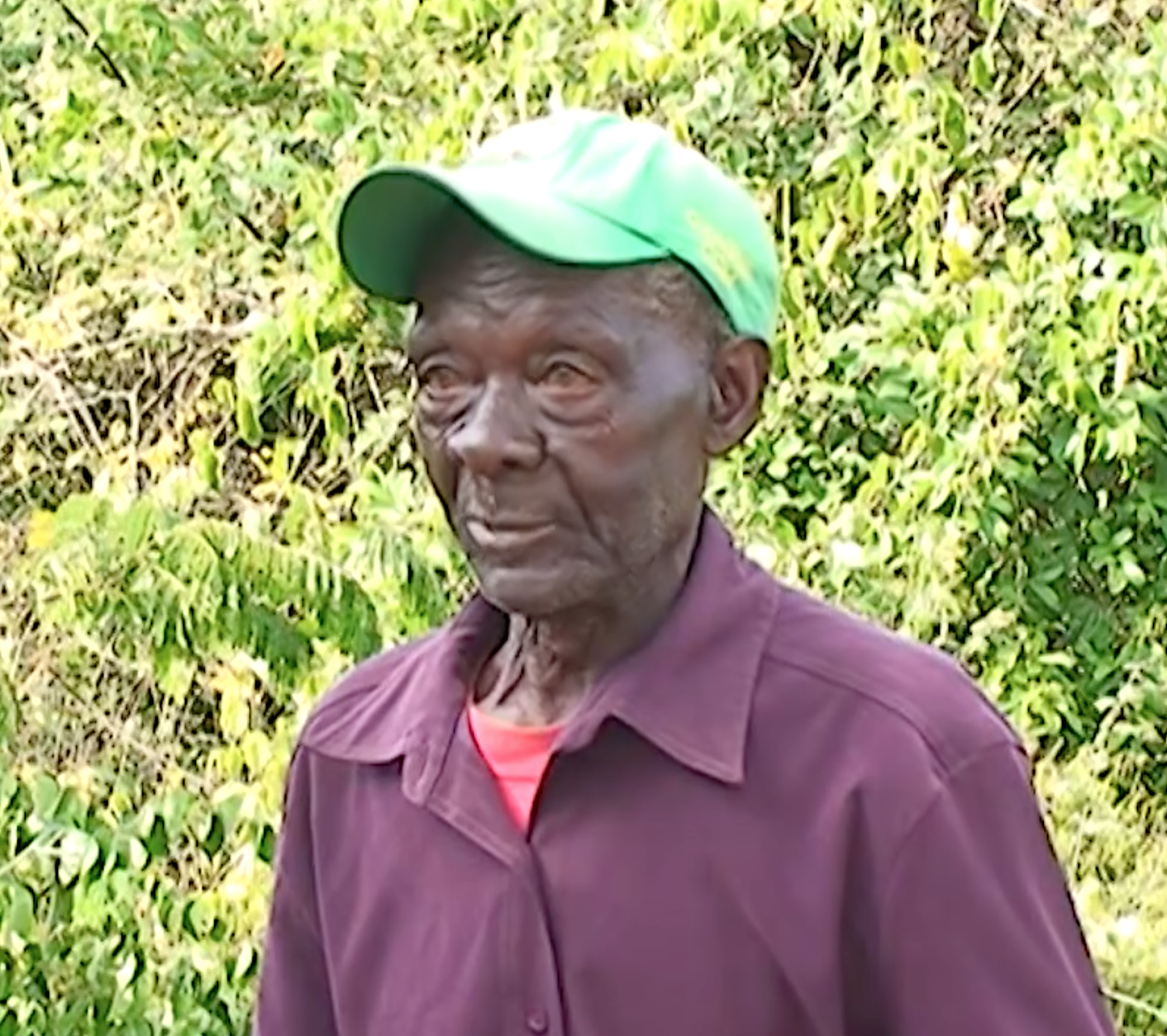
By Edson Gidion Baraukwa, Mass Impacts Writer
Hodi Mame was his artistic name.
His birth name was Emmanuel Mshote.
His voice rings in the weaving and snaking hills of Mbaga in Southern Pare Mountains, six years on, after his spirit parted ways with his body and went to the hereafter.
Hodi Mame, for nearly five decades of over eight decades of his life, made Pare traditional dance and music the most important mission of his life.
He would dance with his wife, children, villagers, and tourists who came from far and wide to visit Tona Lodge, the first cultural tourism Centre in Tanzania.
In a new documentary to be released in December 2021 (posthumously), Hodi Mame says he was born in the Pare Mountains village of Goma in Mbaga around 1930, or earlier.
In the documentary, Elly Kimbwereza ·, the Managing Director and Founder of Tona Lodge and the Southern Pare Cultural Centre coordinator narrates about the icon’s life, entwined with the icon, talking about his own life and dreams after he is gone. The interview took place back in 2011, and the hero was talking to the former editor of the Business Times.
Hodi Mame’s birth was not recorded anywhere. His career as a dancer was simply following the footsteps of his father and mother, who were renowned dancers in the village by the time he was born. They believed in him, and he would join them in their dance sessions from a very young age. At about 15 years, he would perform at this parents’ music events outside the home.
His father taught his traditional dance activities. He loved his passion, dedication and charm while on the stage. Fast forward to the 1960s when Hodi Mame was a dashing young man full of hope as the nation became independent.
He was working as a driver in the sisal plantation. It was in 1968 that he decided to follow his dreams. It was after meeting the Minister of Foreign Affairs, then the late Chedial Mgonja. He advised him to enrol with other traditional dancers at Bagamoyo in Dar es Salaam. He bought the idea and made it good.
In 1971, on September 15th, he arrived at Bagamoyo to join the traditional dance community in a government of Tanzania project. Later on, in the early 1970’s he was chosen to perform at the Africa Union Summit held in Addis Ababa, Ethiopia.
According to his interview with then Business Times Editor, it was a turning point in his life and accorded him a chance to meet with the nation’s founding father.
‘I was truly delighted to travel abroad, but what made me happiest was travelling in the same jet with the late Baba wa Taifa Julius Kambarage Nyerere to Addis Ababa and back to Dar es Salaam.’
After that, the government employed him and posted him to Arusha as a Regional Assistant Cultural Officer. He worked there until 1976. After that was transferred to Mbulu and later on to Arumeru. He retired in 1992 and decided to go back home (Mbaga).
During his retirement, to complement his little pension, he was engaging in farming activities. A new turning point came in 1998 after he met Elly Kimbwereza. He persuaded the icon to ignite the burning fire of his voice and dance and light up the mountains with joy. Tona Lodge Cultural Troupe was born and for over a decade became a hallmark of cultural tourism in Mbaga. Tourists from Germany, USA, Israel and many other parts of the world, had a taste of his music. Despite his advanced age, he would get invitations to sing and dance out of Mbaga.
Until his death in early February 2015, he was the undisputed king of the Pare traditional music. He was buried on 6th February of 2015, but his spirit, voice, and dance moves still resonate in the largeness of the Pare Mountains. May his soul rest in eternal peace.

